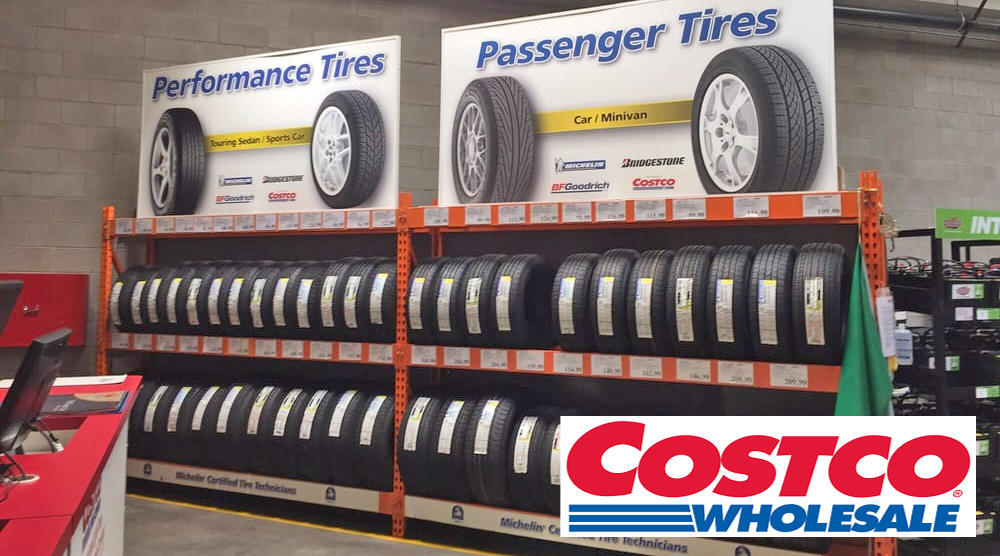Most drivers know the importance of switching from winter tires to summer tires, especially those in Canada. Summer tires in winter will turn the roads into a slip n’ slide, and winter tires in summer will wear down faster than a hungry kid licking the layers off of a jawbreaker. Neither use of tires is safe. Thankfully, the process of changing tires out isn’t difficult. However, you may be wondering how long it takes to change tires or what exactly are mechanics doing when tires are being changed over—we answer both of those questions below.
Fans suspected Australian pop singer Kylie Minogue of excessive use of Botox. The corresponding comments of the network users appeared on the website of the Daily Mail. On Thursday, May 19, the 53-year-old performer appeared before photographers at the premiere of the music video Jennifer Aniston plastic surgery 2022 for the new version of her song Can’t Get You Out Of Me Head. The event took place during the annual Cannes Film Festival.
Thus, in the published photos Minogue is captured in a black mini-dress, consisting of a jacket and satin ribbons around her body. The celebrity accessorized her image with a gray leather clutch, silver rings and stiletto shoes. Her stylists styled her hair in a “beach waves” hairstyle, and the makeup artists applied gray eyeshadow and pink lipstick to her face.
Typically, tire changes only take about 30-45 min. for all 4 tires. This number depends on the equipment you’re using though as better tools can make the process much more efficient.
If you’re mounting your tires on your own, instead of using a tire iron, an impact torque wrench can make the whole process much quicker to loosen your tire’s lug nuts. You’ll also need a jack to lift the wheels. Don’t forget to rotate your tires as well when you’re putting your new set back on.
What Do Tire Shops Do When Changing Tires?Of course, getting your tires changed by a tire shop is often the most efficient way to change your tires as tire shops have a multitude of tools to make the process easier.
Typically, the process for getting your tires changed from summers to winters (or vice versa) is the same as if you would do it yourself. Mechanic or tire shops just have the ability to use more efficient tools and lift vehicles all at once with hydraulic lifts. Once a car is lifted lug nuts are removed from each tire. All tires are attached to a car via lug nuts. As we mentioned previously, these can be removed faster with an impact torque wrench which is what all tire shops or mechanics use.
Once the tires are off, before the summer or winter tires are put on, they are balanced to make sure the tires don’t vibrate while driving. Once the tires are balanced, they are mounted on the car and the lug nuts are reattached in a star pattern to ensure all the tires don’t vibrate due to one nut being looser than the others.
The car is then lowered back to the ground and all tires lug nuts are torqued to make sure all of them are tightened to the correct amount.
Do You Need a Wheel Alignment After Changing Tires?The short answer: yes! Although not mandatory, making sure your wheels are aligned properly when you get new tires can make a big difference on not only the smoothness of your drive but also your wallet. Getting a wheel alignment done every time you change out your tires for the season isn’t necessary though.
Getting a wheel alignment done every time you change out your tires for the season isn’t necessary though.
Misaligned tires can cause additional wear on the treads—thus requiring you to buy a new set of tires much sooner.
Wheel alignments also ensure all your tires are properly aligned since having 1 tire out of a set misaligned can be just as, if not more, problematic than if two are out of alignment.
Although it can be frustrating to do at the beginning and end of the seasons, changing out your winter or summer tires is immensely important. You will keep you and your passengers much safer and have a much better grip on the road by doing so for all your journeys.
Have you got a tire puncture in the middle of your journey? Perhaps you’ve noticed signs of a low tire tread, and you’re afraid that it’ll put you at risk while on the road. Or maybe you haven’t changed your tires for a long time and figure it’s time to replace them.
Or maybe you haven’t changed your tires for a long time and figure it’s time to replace them.
Whatever the case, the first thing that pops into your head is, “How can I change a tire, and how long does it take to change a tire?”
The time it takes to change a tire will depend on the situation:
Generally speaking, you can replace a tire in 15 minutes. But it may vary depending on the situation, vehicle model and the person who’s trying to do the job.
We’ll tell you how long it’ll take to change a tire by yourself, in the tire center and with the help of roadside assistance.
As the term ‘professional’ indicates, these people are experts in this field. So, they’re many times faster than a regular car owner when it comes to changing a tire.
So, they’re many times faster than a regular car owner when it comes to changing a tire.
Unfortunately, it won’t take 20 seconds like you see on Nascar. For a mechanic, it would take around 10 minutes to change a regular tire. This means they can have all four wheels ready to go in 40 minutes.
However, some factors can cause delays in the process and increase the time up to four hours. For example, your car may be far from the tire shop, the provider may be busy with other customers, or it may fail to offer fast customer service.
Here are the most popular tire centers in America. You can schedule a time with any of them according to your preferences.
Walmart stores have about 265 million customer visits per week. So, obviously, you won’t be the only customer there.
Depending on how many cars are waiting in front of you, you might spend between one to four hours in a Walmart auto care center. So, although the long lines indicate its outstanding services, you ought not to consider Walmart if you’re a busy bee.
It will take at least 45 minutes and at most two hours to replace all four tires at Costco. Compared to other large tire services, the average time for a tire change is less with this provider. But it has some limitations as well.
For example, the staff won’t install your tire unless you buy it from Costco. Plus, the tire installation fee at Costco is higher than that of Walmart.
With a time guarantee, Firestone promises to prepare your car right at the appointed time. If the staff fail to make it ready at the specified time, it will take 10 percent off your next visit.
Despite that, customer feedback indicates waiting time is still long in these auto shops. Some customers have to wait up to five hours—but if you’re lucky enough to be the first customer or you’ve made an appointment, you’ll make it through in just 45 minutes.
According to the J.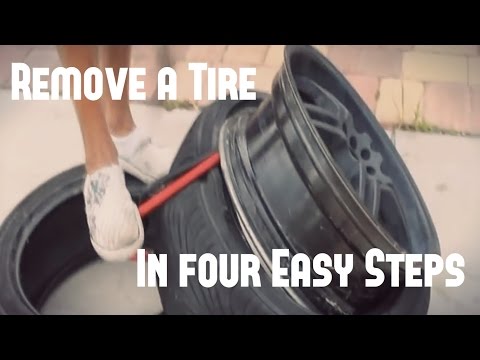 D. Power and Associates Emergency Roadside Assistance Study, drivers wait an average of 50 minutes until help arrives. However, depending on the roadside assistance program you use and the system you’re calling from, the duration may vary slightly.
D. Power and Associates Emergency Roadside Assistance Study, drivers wait an average of 50 minutes until help arrives. However, depending on the roadside assistance program you use and the system you’re calling from, the duration may vary slightly.
Aside from the waiting time, roadside assistance requires around 10 minutes per wheel to change your car tires.
Also, since they’re emergency programs, you usually don’t ask for a four-tire replacement. So the whole process takes less than an hour.
Although easier, it’s not always possible to visit a tire service or call a professional. Imagine you get caught with a flat tire in the middle of the road. Your phone battery is dead and you don’t have a telematics system in your car.
This scenario is a nightmare for those who don’t know how to replace a tire. So you’d better learn how to change the tires rather than relying on professionals. This way, you’ll not only save money but also survive in challenging situations.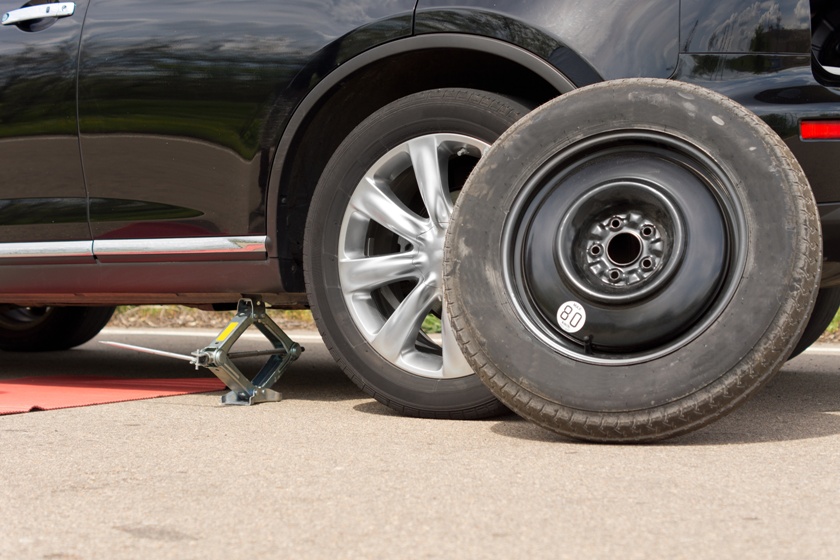
If you’re a bit of a handyman and have all the necessary tools, it would take about 15 to 20 minutes to change your car tire. However, if it’s your first effort, you may need 30 minutes or more to replace each tire.
Here’s how to change your tire by hand. But before going through the steps, you should know what equipment you need for a tire replacement. Get the tools ready and put them in your car trunk for an emergency.
Necessary tools:
Assistive tools:
First, you should park your vehicle on solid level ground so that it won’t roll. Then, you should make sure you’re not in the way of other cars.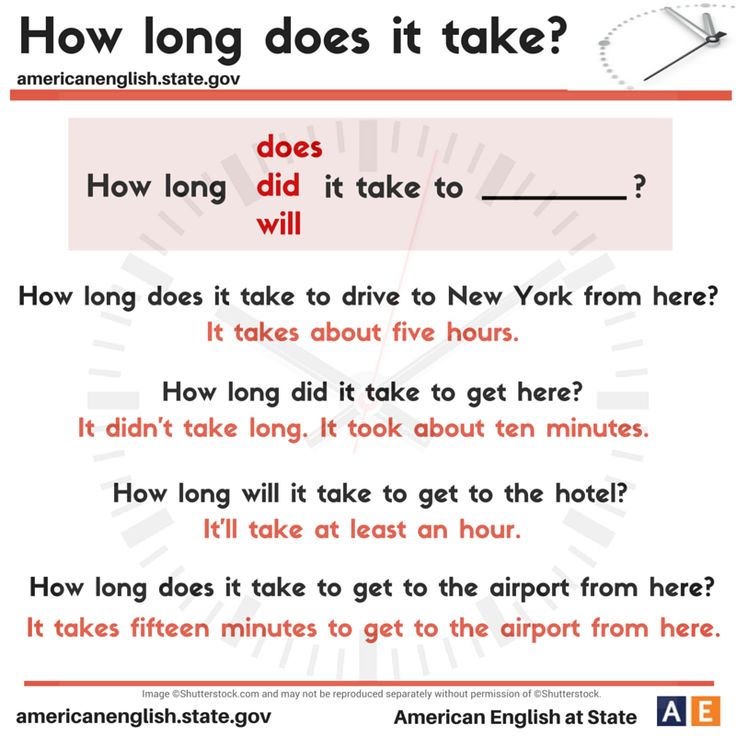
A home garage or empty parking lot is the best place to change a tire. But if you’re facing an emergency on the road, slow down the car and park in the nearest location. For more safety, turn on your emergency flashers, use the emergency triangle to warn other drivers and don’t park in a road bend.
Shift the gear to the neutral position and pull up the hand brake. Then, place the wedges against the tires (except for the one you’re going to replace) to further control the car. If you don’t have wedges, some wooden blocks or heavy stones will do the trick.
Use your lug wrench and twist it to the left to screw off the lug nuts, but don’t remove them completely.
Once the lug nuts are loose, put the jack under the vehicle in a vertical position along with the frame. Then lift it until the tire is around 6 inches above the ground, and pull the lug nuts off.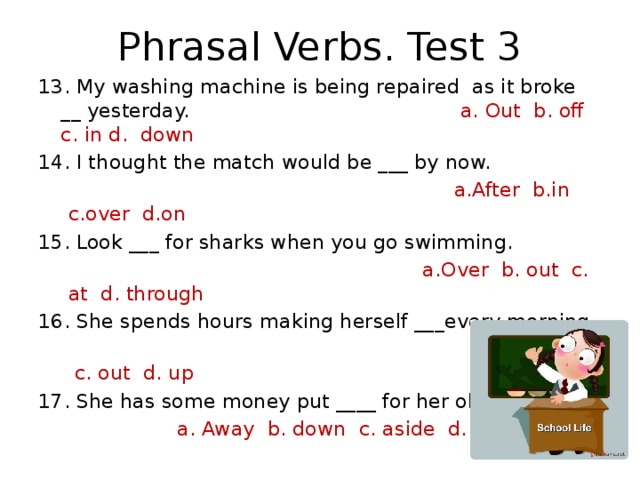 Don’t forget to put them in your pocket or somewhere safe so that they won’t roll away.
Don’t forget to put them in your pocket or somewhere safe so that they won’t roll away.
Grip the tire treads, remove the tire and set it somewhere away from the road.
Install the tire on your car, and screw the bolts back by hand. Lower the car down without forcing its full weight on the tire. Then, use the wrench to tighten the lug nuts and remove the carjack.
Now that you know how much it would take to change a tire, you might wonder when it is right to change it.
Tires wear down over time. This means that even if you check the air pressure, regularly align your wheels and take care of tire service and tire maintenance regularly, tread wear over time is inevitable.
Be it because of the weather, road conditions, your driving style or the tread wear rating, every tire works for a limited time and sooner or later, you’ll have to replace it.
The maximum lifespan of most tires is 10 years. However, some factors can shorten their life.
For example, if you’re a fast driver, you’ll probably need to change it sooner. Moreover, if you live in, or regularly travel to, very hot, cold or dry weather, the chance of getting a flat or wear and tears increases.
Here are a few other factors that will make you go for a tire change sooner than 10 years:

To know the right time to change your tire, you should do a thorough examination each year. If you observe any of the following issues, it’s time for a tires change:
You can drive on a tire for at least five years and, at most, 10 years. After this long period, you should immediately change your tires, even if they seem to be usable.
After this long period, you should immediately change your tires, even if they seem to be usable.
Another factor to consider is the mileage you’ve driven with those tires. Although it may vary according to the tire handbook, most tires need replacement after running 25,000 to 40,000 miles.
Ideally, all four tires should be replaced at the same time, unless there’s a puncture in one of the tires. In other words, if the tires have worn as a result of ordinary use, you should replace all of them at once. But if you run into a flat tire situation, there’s no need to replace other tires.
However, make sure you’re using the same model and brand. Having a variety of tire types or brands on your vehicle can lead to instability.
You won’t need an alignment after replacing one tire because it has nothing to do with tire replacement. However, if the provider checks the car on the balancing machine for free, it’s sensible to do so. Aligned tires will ensure you’ll have a smooth ride. It adjusts the angle between your tires and the road and increases the longevity of your tires.
Aligned tires will ensure you’ll have a smooth ride. It adjusts the angle between your tires and the road and increases the longevity of your tires.
Except for a few manufacturers that approve using mixed tires for the car, it’s not ideal or safe to have different tires front and back. All four tires should match in their sizes, tread patterns, models and even brand. This way, you won’t bother to replace each tire at a different time. It also ensures your safety and control.
You can drive several miles on a flat tire before the wheel edges get damaged. However, you should go slowly and make sure the tire is not entirely free of air. If the tire shop is not close enough, try to find a safe parking lot and change it yourself.
If you have a pump in your trunk, you can also stop the vehicle after a couple of minutes and inflate the wheels. This may allow you to drive a little further.
With the right tools and enough skills, changing a flat tire would take no more than half an hour. But at best, you can do the procedure in only 15 minutes.
Yes, it’s safe to change your own tires. Although the process may be physically demanding, the steps are straightforward, and with a little practice in your garage, you’ll be adept at replacing your tires.
You can change a tire without a jack if you have something like a shovel or gardening tool to dig the soil under your car. You can even use your hands, lug wrench or tire iron to do so.
Here’s what to do if you have a flat tire with no spare tire, but remember that you should consider these before running to a flat.
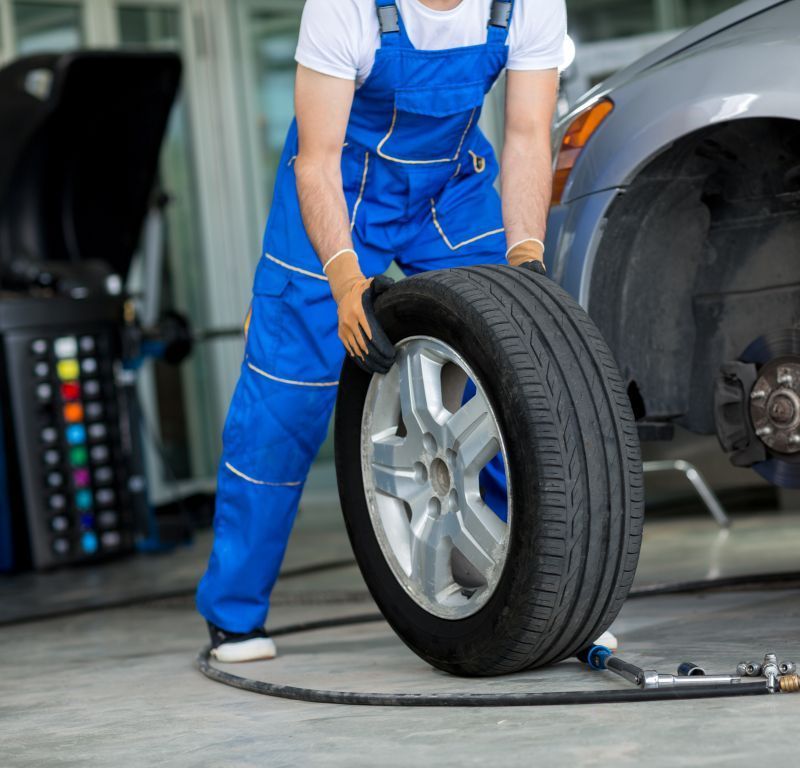
A tire on car can sometimes pop from heat. High temperatures build more friction between the ground and the tire, overheating them quickly and leading to tire blowouts.
Tires can’t cause death wobbles—even if the wheels are out of alignment or imbalanced. However, they can prompt or intensify such problems.
The time that would take you to change a tire depends on your expertise, available tools and the place in which you’re parking. But as a rule of thumb, non-professionals need 15 to 20 minutes to replace one tire.
On the other hand, in a tire repair shop, the time depends on the workload of their staff. On average, it will take them about 2.5 hours to get the job done, although they can replace each tire in less than 10 minutes.
The procedure for servicing cars at tire change stations can take a different amount of time.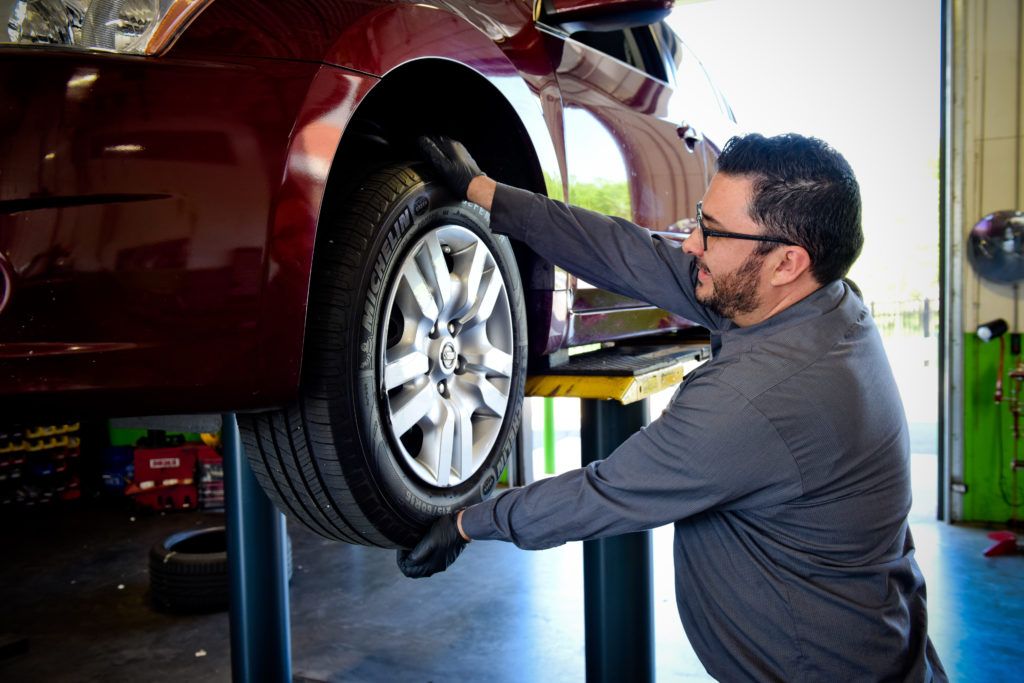 The exact figure depends on the equipment present and the professionalism of the master. On average, changing the wheels of a car at a tire fitting stretches for 20-30 minutes, in the absence of a serious workload of personnel.
The exact figure depends on the equipment present and the professionalism of the master. On average, changing the wheels of a car at a tire fitting stretches for 20-30 minutes, in the absence of a serious workload of personnel.
Contents
In some cases, the installation procedure can take an hour or more. The exact figure will depend on the type of work performed.
If you put new skates on the wheels, you need to count on at least an hour.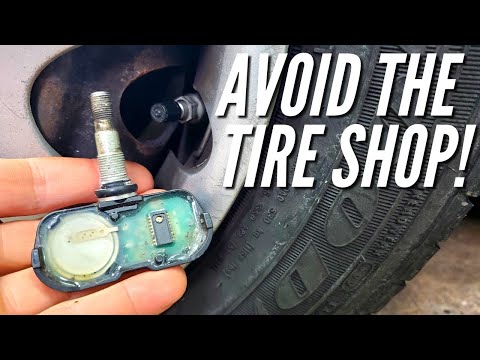 The usual replacement of finished wheels is faster. A savvy master can change all discs in a few minutes.
The usual replacement of finished wheels is faster. A savvy master can change all discs in a few minutes.
The need for repairs also affects the efficiency of work. In some situations (vulcanization is required), the procedure may take a day.
Service stations and tire shops in Russia always try to work as quickly as possible. The salary of the master directly depends on the number of clients. Usually the procedure for changing a set of tires from summer to winter does not take more than one hour.
Waiting time can be increased by factors that do not affect the immediate speed of the specialist's work - this is the queue and customer requirements.
Installation of summer tires is more difficult for the master than winter tires. This is argued by the increased rigidity of the rubber. Dense sidewalls are difficult to put on discs, which requires great physical effort.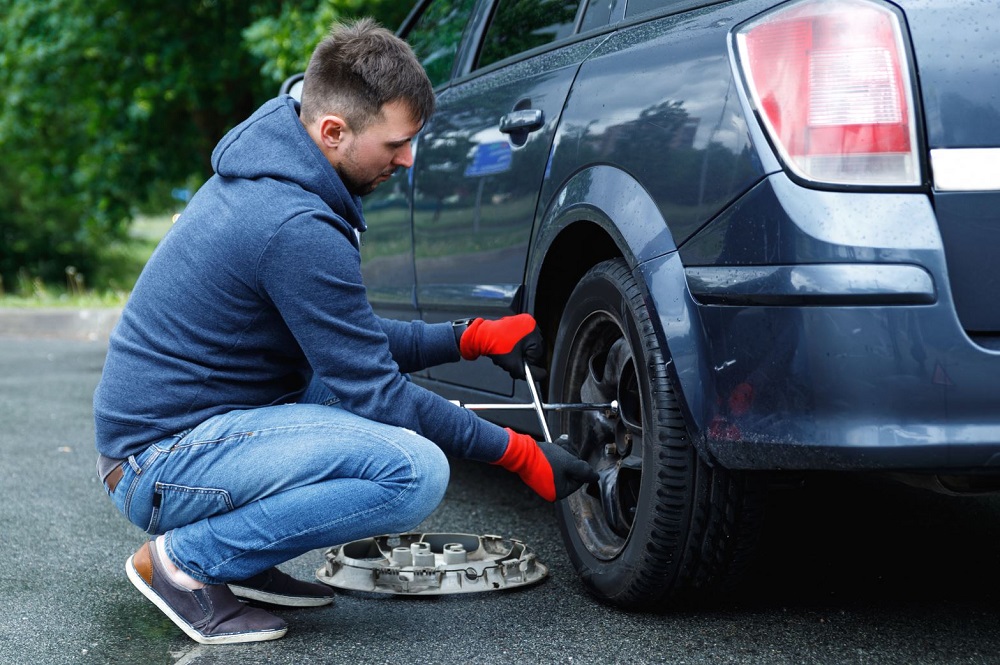
This difference will not be noticeable to the user. Experienced technicians know how to properly place a product on the machine for fast assembly.
To facilitate the process of changing tires and speed up service, you can foresee a few points in advance and not wait in a huge queue.

Give Feedback
Monday, November 21, 2016 03:12:13 PM Europe/Moscow
functionality will be at the highest level?
When the minimum tread depth (4 mm for winter tires and 1.6 mm for summer tires) is reached, the tires are taken out of service and disposed of. As for the period of use over time, according to the recommendation of tire manufacturers, tires should not be used for more than ten years from the date of manufacture. At the same time, it is worth distinguishing between the concepts of "service life" and "manufacturing warranty period". The latter is established by law and in the Russian Federation is five years from the date of production. During the warranty period, the manufacturer is responsible for the full compliance of the tire with all necessary technical requirements.
The latter is established by law and in the Russian Federation is five years from the date of production. During the warranty period, the manufacturer is responsible for the full compliance of the tire with all necessary technical requirements.
The date of manufacture of a tire is one of the mandatory markings and is applied to one of the sidewalls of the tire in the lower part of it, next to the seat area for the disc. This marking is a set of four digits, where the first two digits are the week of production, and the last two are the year . For example, "4815" means that the tire was manufactured in 2015 at week 48. In some cases, the date of manufacture is included with an alphanumeric code that contains information about the place of manufacture of the tire, it is applied next to the DOT abbreviation.
In summary, a tire is considered new and high performance if it has been produced for less than 5 years.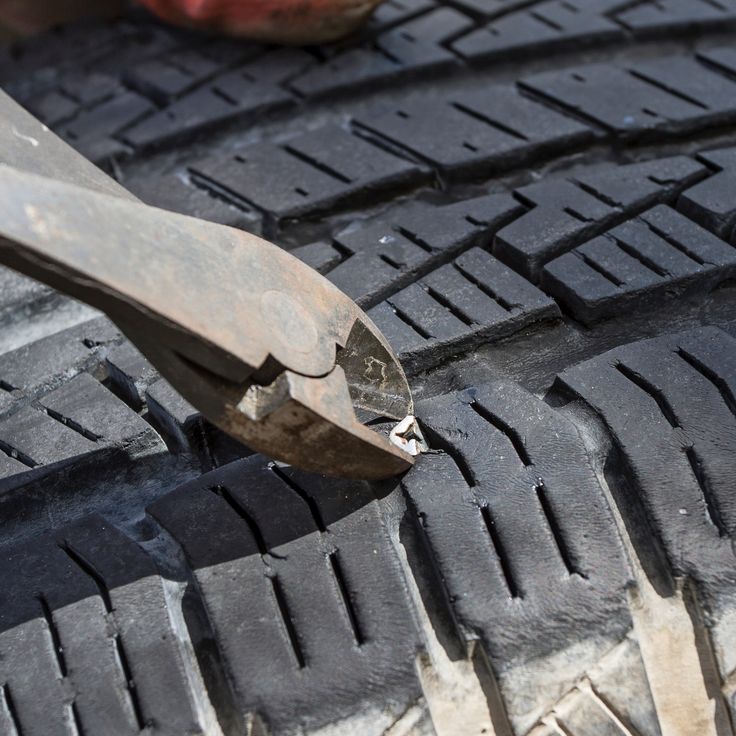 And the opinion that tires should be purchased only for the current year of manufacture is a delusion: tires are made in advance, before the start of the season. Thus, the tire that hit the shelf in the tire center in March 2017 will be produced in the second half of 2016, because it takes time to transport it, and if the tire is imported, it also takes time to go through the customs procedure. For your safety, choose certified tire centers for purchase, in which the tire storage process meets all standards and requirements. Tires must be used for no more than 10 years or to the minimum allowable tread depth in accordance with the season of use. In this case, the manufacturer bears its warranty obligations only during the first five years from the date of production.
And the opinion that tires should be purchased only for the current year of manufacture is a delusion: tires are made in advance, before the start of the season. Thus, the tire that hit the shelf in the tire center in March 2017 will be produced in the second half of 2016, because it takes time to transport it, and if the tire is imported, it also takes time to go through the customs procedure. For your safety, choose certified tire centers for purchase, in which the tire storage process meets all standards and requirements. Tires must be used for no more than 10 years or to the minimum allowable tread depth in accordance with the season of use. In this case, the manufacturer bears its warranty obligations only during the first five years from the date of production.
Because the tire is constantly deformed during operation. All components of a car tire not only wear out from friction on the road surface, but are also exposed to the negative effects of sunlight, chemicals, etc.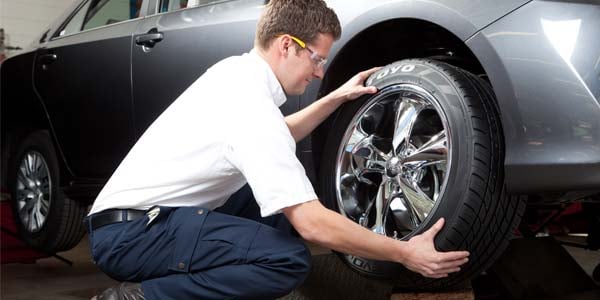 Thus, the general physical and chemical aging of the tire occurs. And if the level of physical tire wear can be assessed, then the consequences of changing the structure of rubber due to aggressive environments and conditions are almost impossible for an ordinary driver to assess .
Thus, the general physical and chemical aging of the tire occurs. And if the level of physical tire wear can be assessed, then the consequences of changing the structure of rubber due to aggressive environments and conditions are almost impossible for an ordinary driver to assess .
Structural changes to the tire can lead to poor grip on all surfaces, rapid wear, chipping, cracking of the tread and other negative consequences. The problems listed above are only consequences of tread “aging”, but it is worth remembering that the tire almost entirely consists of various rubber compounds, which are also subject to “aging” with subsequent deterioration in tire performance.
In this case, a completely new tread can be misleading about the quality of the tyre. The level of tread depth affects the ability of the tire to drain water, as well as the effectiveness of traction in snow or mud, but the tread has only a part of the functions.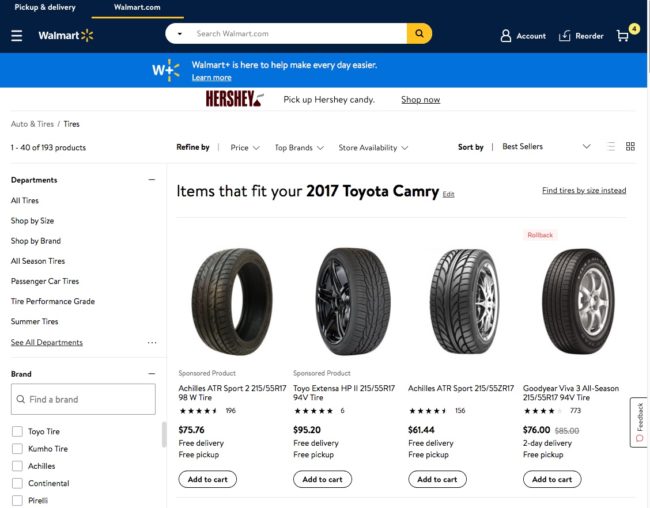 There is also rubber in the tire, as well as a rather complex internal structure. The latter just can get damaged (deformation, curvature) during tire storage for 5 years or more. This can lead to an imbalance that contributes to the car pulling to the side and even the complete destruction of the tire during operation.
There is also rubber in the tire, as well as a rather complex internal structure. The latter just can get damaged (deformation, curvature) during tire storage for 5 years or more. This can lead to an imbalance that contributes to the car pulling to the side and even the complete destruction of the tire during operation.
MICHELIN, BFGoodrich, Tigar tire warranty is 5 years from the date of manufacture or until the minimum acceptable wear level of the tread is reached in accordance with the legal requirements in force in the territory of the Customs Union, subject to the rules of transportation, storage, operation, specified by regulations and the manufacturer for each tire model, whichever comes first. During this period, the manufacturer guarantees the absence of manufacturing defects. In the event of a manufacturing defect, the consumer can return the tires for claim (this process is free of charge for the user).